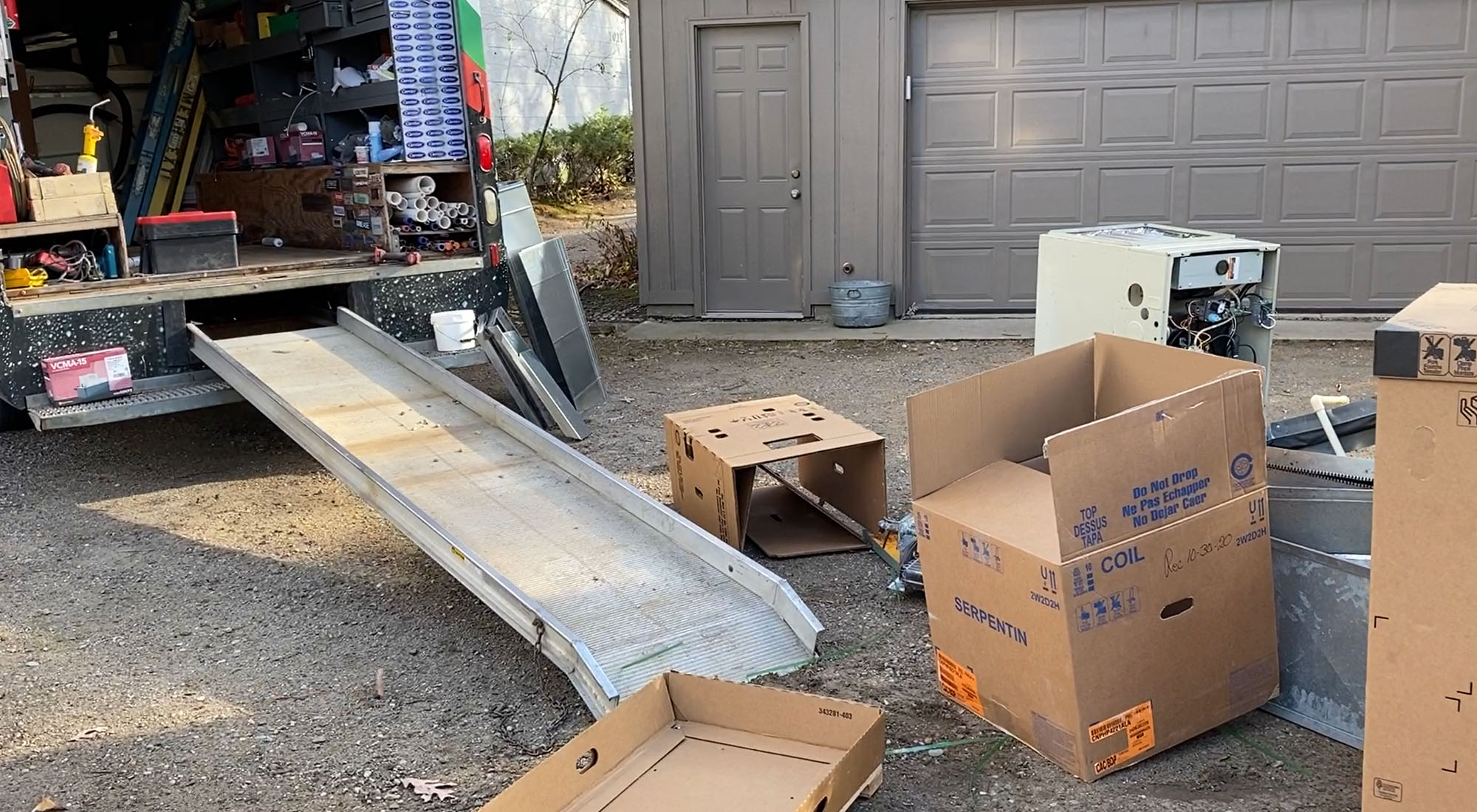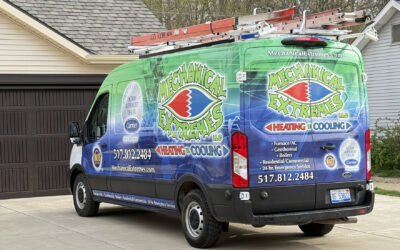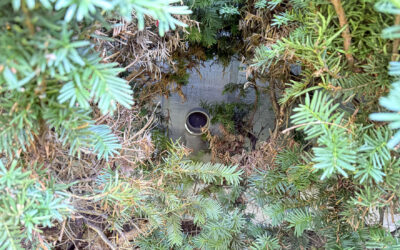The customer relaxed as his newly installed Carrier system kicked in. As he glanced out the door, he watched the Mechanical Extremes crew load his zombies onto their truck and haul away the walking-dead. “Good riddance,” he thought. Then, he wondered, “What happens to the dead soldiers? Is there an Arlington Cemetery of Dead Furnaces?”
Good question. Mechanical Extremes installs new HVAC units at a breathtaking rate of 3 per day. That makes for lots of retired furnaces, air conditioning units, and related paraphernalia. A definite process is in place for the dearly departed.
After the installation, the techs haul the remains to the Mechanical Extremes building. It’s their job to sort through the rusty hulks. Motors are removed. The furnace remains are placed in a metal recycling dumpster. Off the contents go to be melted down for recycling.
Air conditioning units are another story. The EPA deems escaped refrigerants contribute to global warming. Mechanical Extremes techs are EPA certified. They carefully reclaim the refrigerant by transferring it to another tank, so none of it escapes into the environment. Mechanical Extremes sends the tanks to a manufacturer to be tested, cleaned/recycled, bottled in new tanks, and sold for reuse.

If you thought the process to be simple, think again. Click here for a peek on how complexities add to the work. Mechanical Extremes meticulously observes the rules, and not just because of the threat of a $10,000 fine. Company practice aims to operate in the best interest of all stakeholders.
What about breathing escaped refrigerant? Google “is refrigerant toxic?” and you’ll learn why you don’t want even a whiff of it.
Other than refrigerant, air conditioning units are torn down, cut up and separated to recycle copper, aluminum, wire, and brass.
Then there is the cardboard the new unit was shipped in. That’s picked up weekly and also recycled.
As it turns out, no single happy hunting ground houses the old warriors. Parting them out and recycling as much as possible is a good thing. It conserves natural resources and avoids polluting the environment.



